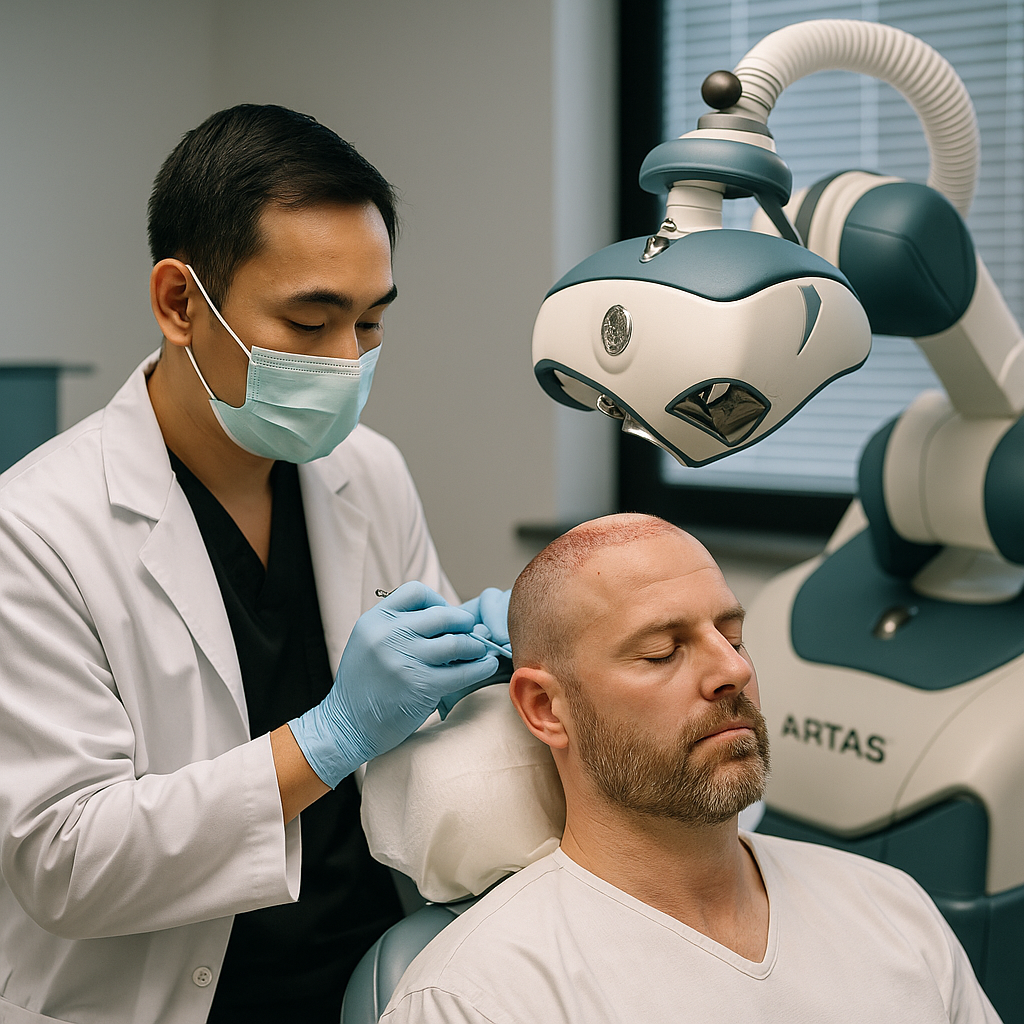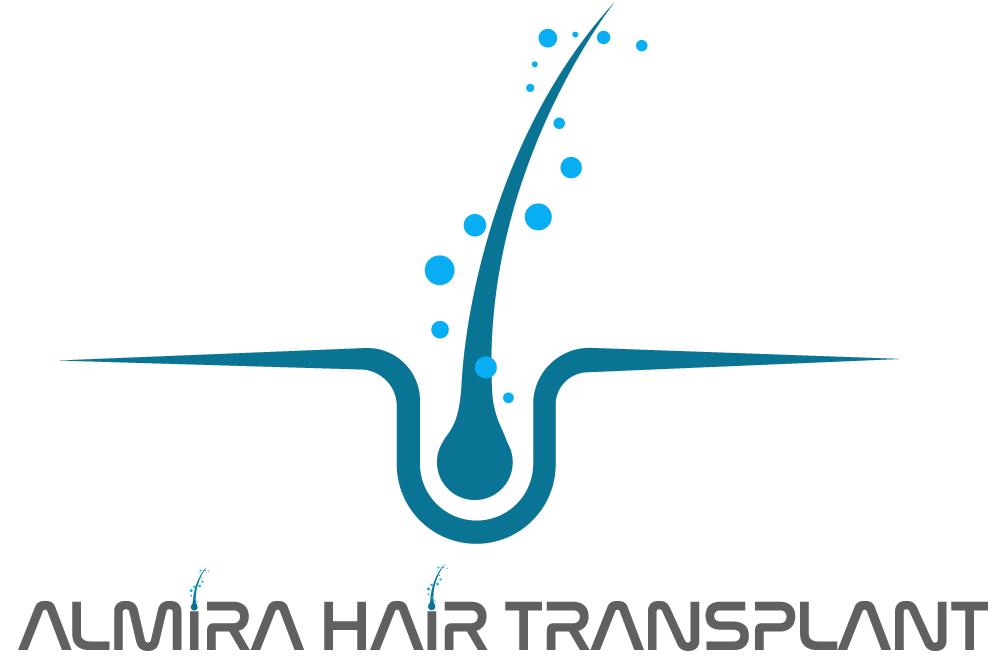What Is Robotic Hair Transplantation? Advantages and Procedure Explained

What Is Robotic Hair Transplantation? Advantages and Procedure Explained
Hair transplantation technology has advanced rapidly in recent years. Beyond traditional FUE and DHI techniques, robotic hair transplantation has emerged as a highly precise and comfortable method that combines human expertise with artificial intelligence. This cutting-edge system improves accuracy, enhances natural results, and provides a faster, safer experience for both patients and surgeons.
So, what exactly is robotic hair transplantation, what are its advantages, and how is the procedure performed?
What Is Robotic Hair Transplantation?
Robotic hair transplantation is an advanced procedure that uses computer-assisted technology to automate the extraction and placement of hair follicles. The technique is most commonly performed using the ARTAS Robotic System, a globally recognized AI-assisted platform.
This intelligent system uses high-resolution imaging and artificial intelligence algorithms to analyze the donor area, identify the healthiest follicles, and extract them at the optimal angle and depth.
Because the robot works with micron-level precision, it minimizes human error, protects the donor area, and preserves the integrity of each hair follicle.
Advantages of Robotic Hair Transplantation
1. Unmatched Precision and Accuracy
The robotic system scans, identifies, and extracts hair follicles one by one, calculating the angle, depth, and density automatically. This precision ensures higher graft survival rates and consistent results.
2. More Natural Hairline Design
The AI system evaluates the patient’s natural hair growth direction, density, and pattern, helping the surgeon create a hairline that mimics natural growth for seamless results.
3. Minimal Tissue Damage
Because the robot selectively harvests only suitable follicles, surrounding tissues remain unharmed. This leads to faster healing, less bleeding, and virtually no visible scarring.
4. Shorter Recovery Time
The robotic process is faster than manual extraction. As a result, the overall procedure time and healing period are significantly reduced — most patients recover within a week.
5. Even Distribution and Balanced Density
The robotic software ensures that grafts are implanted evenly, maintaining a natural density without overharvesting any area. This balanced placement enhances both appearance and coverage.
6. Doctor-Supervised Technology
Although robotic systems handle technical precision, the procedure remains under the supervision of a qualified surgeon. The physician plans, monitors, and adjusts each stage to ensure both safety and natural results.
How Is the Procedure Performed?
1. Consultation and Scalp Analysis
The process begins with a detailed scalp analysis. Using AI-powered imaging, the system evaluates follicle thickness, hair density, and growth direction. A personalized transplantation plan is then created.
2. Robotic Graft Extraction
The robot automatically selects and extracts healthy grafts from the donor area — usually the back of the scalp. Thanks to its precision, grafts are collected without damaging nearby tissue.
3. Channel Creation and Implantation
Once the grafts are harvested, the robot assists in opening microchannels in the recipient area according to the natural growth direction. The surgeon then places each follicle manually for the most natural appearance.
4. Healing and Recovery
Because robotic systems cause minimal trauma, patients typically experience mild redness or scabbing that heals within 5–7 days. The recovery process is much quicker compared to manual methods.
Who Is a Good Candidate?
Robotic hair transplantation is ideal for:
-
Men and women with moderate to dense donor areas,
-
Patients who have had unsatisfactory results from previous transplants,
-
Individuals seeking fast recovery and minimal scarring.
Conclusion
Robotic hair transplantation represents the future of aesthetic hair restoration — where technology meets precision. It offers superior accuracy, shorter recovery times, and natural-looking outcomes that blend seamlessly with existing hair.
When performed by an experienced surgeon, robotic hair transplantation not only restores hair but also revives self-confidence, providing a permanent, natural, and refined solution to hair loss.


